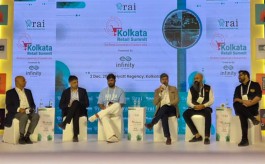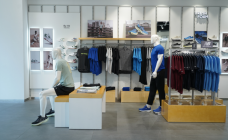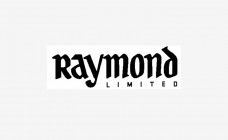E-commerce growing, but lowers discounts as funding declines, says report
By Retail4Growth Bureau | May 08, 2024
As per the India Phygital Report 2024, e-commerce now accounts for 8-10 percent of the total retail market and would reach 14 percent by 2026-27, but funding from private equity & venture capitalists has been on the decline leading to profitability push led by high platform and delivery fees and lower discounts for customer.
Indian e-commerce market is on the rise, but funding from private equity & venture capitalists has been on the decline leading to profitability push led by high platform and delivery fees and lower discounts for customers, according to a report released at the inaugural session of Phygital Retail Convention here on Wednesday.

As per the India Phygital Report 2024, e-commerce now accounts for 8-10 percent of the total retail market and would reach 14 percent by 2026-27. The increase in share was led by an increased active user base between 275-312 million, which could go up to 439 million by 2026-27. The financial year 2024 saw PE & VC investments in India drop by 38 percent to less than USD 30 billion in FY2023 from USD 47.6 billion two years back in 2022.
Consumers’ rising comfort in online shopping became the backbone for quick commerce acceptance as convenience snowballed from occasional to daily purchases. In a subsequent session at the conference, Ravi Kapoor, Partner, Retail & Consumer Sector, PwC India pointed out that though the informed Indian consumer is cautious, he or she is now open to purchasing high-value items without inspection.
“While data privacy concerns remain, social media forms the core of brand engagement and purchases,” Kapoor said, adding that AI is trusted for simple tasks but human support and privacy are crucial for earning trust from companies. However, as per the India Phygital Report, which was derived by conducting surveys across 500 stores of 200 brands and analyzing 4.4 million e-commerce transactions across 350 brands, apparel & accessories accounted for 18.8 percent of e-commerce penetration, 6.1 percent for home furnishing, but remained dismal at 2.1 percent for jewelry.
Dwelling into India’s vibrant retail landscape, TRRAIN, Founder, B.S. Nagesh along with fellow panelists pointed out that the shopping ticket size between rural and urban India is increasingly becoming blurred, with the former showing encouraging signs for retailers. However, the rural consumer was also seen scouting about value for money and was willing to shift loyalty to a private label over an established brand, experts said.



_cmai-North-India-Garment-Fair-2025_165_265.jpg)




